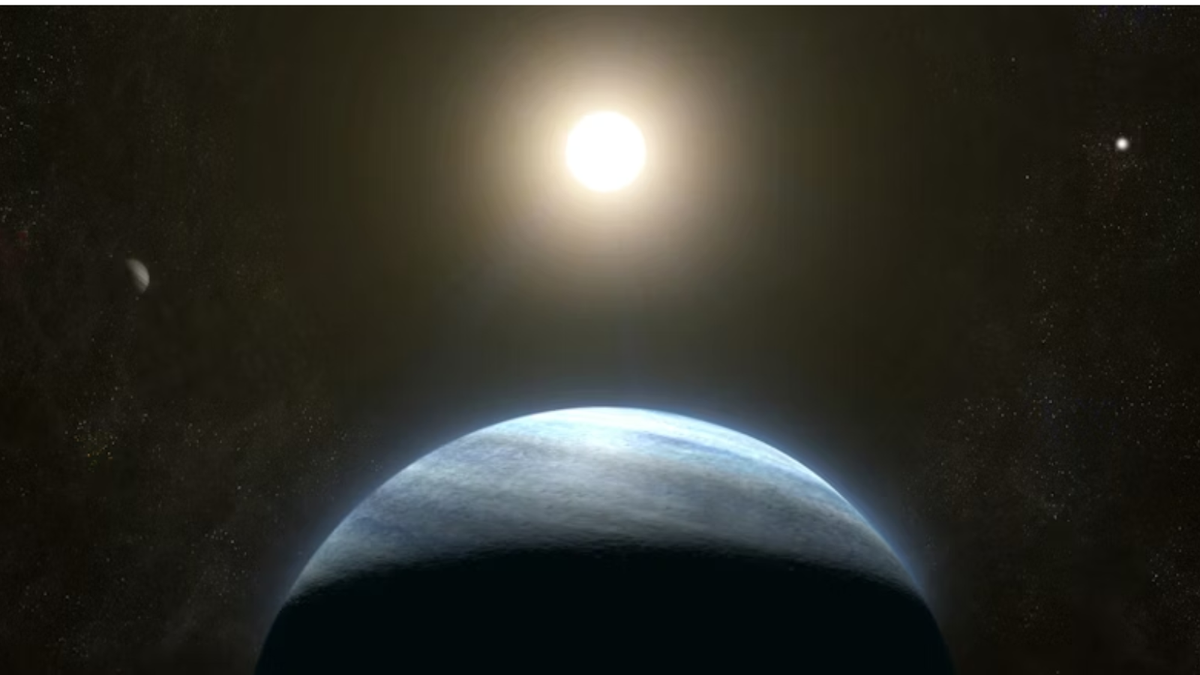Solving Cosmic Mysteries with the James Webb Space Telescope
Utilizing the cutting-edge capabilities of the James Webb Space Telescope (JWST), a team of scientists has recently unraveled the enigmatic origins of a colossal cosmic explosion known as the “BOAT.” This event, considered to be one of the most significant cosmic eruptions since the Big Bang, has shed light on the cataclysmic demise of a massive star located approximately 2.4 million light-years away.
The Birth of the “BOAT”
The “BOAT,” short for “Brightest Of All Time,” is the brightest gamma-ray burst ever observed and is believed to have resulted from a supernova explosion accompanying the collapse of the aforementioned massive star. This astronomical spectacle likely also marked the creation of a black hole in the distant cosmos.
Despite the successful resolution of this cosmic enigma, the astrophysicists behind this groundbreaking discovery have been presented with a new celestial conundrum. Surprisingly, the absence of heavy elements such as gold and platinum, typically associated with supernovas of this nature, has perplexed the scientific community.
Lead scientist Peter Blanchard of Northwestern University remarked, “This event is a once-in-10,000-year occurrence for Earth. It generated some of the highest-energy photons ever detected by gamma-ray satellites, underscoring its monumental significance in astronomical research.”
Blanchard further elaborated, “The confirmation of the GRB’s origin in the collapse of a massive star offered an opportunity to test hypotheses regarding the formation of the universe’s heaviest elements. However, the absence of these elements suggests that immensely energetic GRBs like the BOAT do not contribute to their production.”
The Discovery of the BOAT
Originally identified as GRB 221009A on October 9, 2022, the BOAT immediately captured astronomers’ attention with its unprecedented luminosity and high-energy gamma-ray emissions. Astronomical observatories, including NASA’s Fermi Gamma-ray Space Telescope and the Neil Gehrels Swift Observatory, swiftly turned their gaze towards the constellation Sagitta in a bid to pinpoint the source of this extraordinary burst.
According to Wen-fai Fong, a key figure in the BOAT’s discovery, “This GRB stands out as the brightest ever detected, surpassing previous events by a factor of 10 or more. Its exceptional nature posed a compelling challenge to the astronomical community.”
In a departure from the rush to investigate the BOAT, Blanchard’s team opted to observe the gamma-ray burst as it evolved and subsided. By leveraging the JWST, they closely monitored the fading afterglow of the BOAT around six months after its initial detection.
Blanchard explained, “The initial brightness of the GRB obscured any potential supernova signature in the early stages. As the afterglow diminished, it permitted a clearer view of the underlying supernova, akin to a car’s headlights preceding the vehicle itself.”
Through the JWST’s advanced Near Infrared Spectrograph (NIRSpec), the researchers discovered characteristic elements such as calcium and oxygen in the BOAT’s infrared afterglow, reaffirming its supernova origins. Despite the BOAT’s unparalleled energy release, the associated supernova exhibited unremarkable luminosity compared to similar events.
Blanchard remarked, “The discrepancy between the supernova’s modest brightness and the BOAT’s exceptional luminosity poses a compelling mystery for astrophysicists. The study of rapidly spinning massive stars and their near-light speed jets may hold the key to unraveling this cosmic paradox.”
Unraveling the Cosmic Tapestry
Further analysis of the BOAT’s spectral signature revealed a notable absence of heavy elements, challenging existing theories regarding their formation. While neutron star collisions have long been implicated in the creation of heavier elements, the latest findings have cast doubt on their primary role in the universe’s metal production.
Blanchard emphasized, “The lack of heavy element signatures surrounding the BOAT’s supernova source signifies a critical juncture in our quest to discern the origins of these elements. Future observations using the JWST will be pivotal in elucidating this cosmic puzzle.”
As the scientific community grapples with the implications of the BOAT’s discovery, questions concerning the unique properties of its host galaxy and the mechanisms driving extreme cosmic phenomena have come to the fore. The study’s publication in the esteemed journal Nature Astronomy underscores the significance of this groundbreaking research.
In conclusion, the James Webb Space Telescope has once again proven its instrumental role in unraveling the mysteries of the universe, offering a glimpse into the awe-inspiring cosmic phenomena that shape our cosmos.
Image/Photo credit: source url





